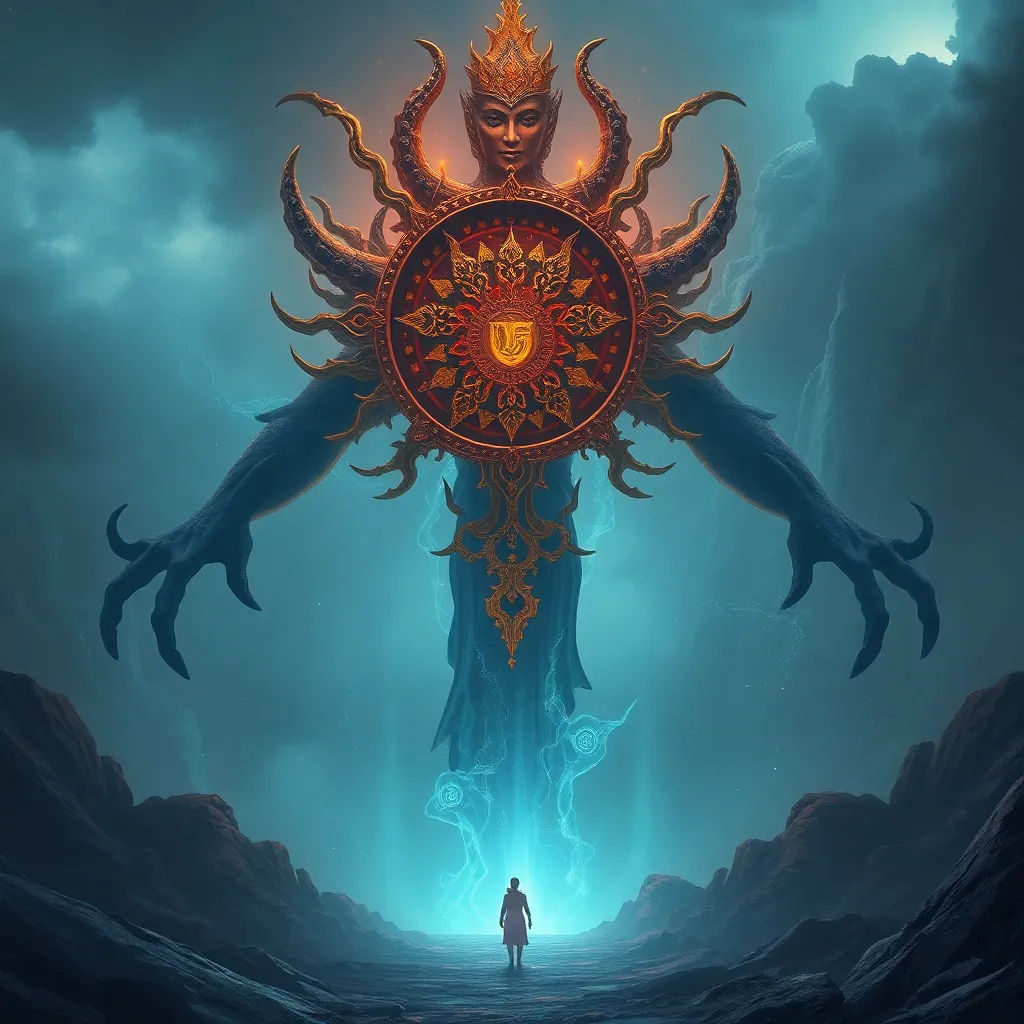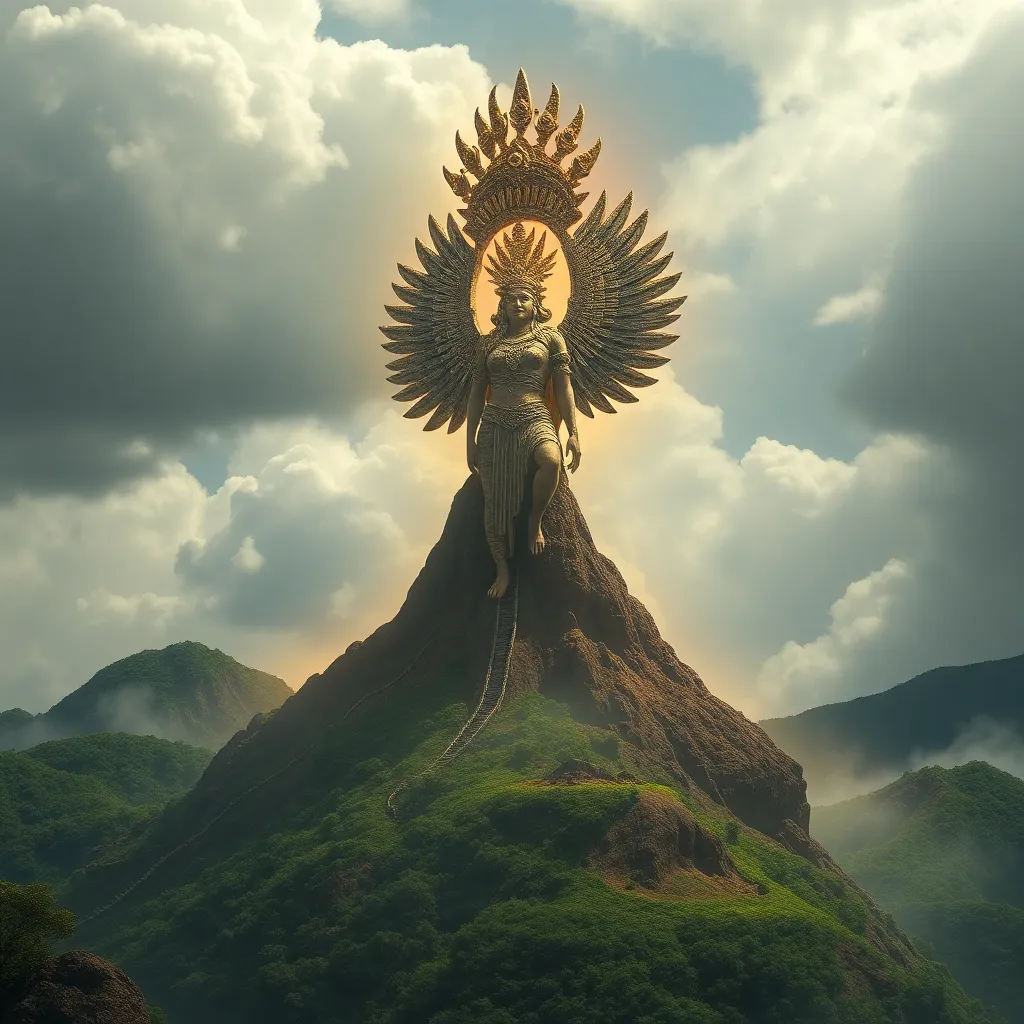The Baku and the Power of Imagination: A Study of the Myth’s Symbolic Meanings
I. Introduction
The Baku, a mythical creature originating from Japanese folklore, has captured the imagination of many cultures around the world. Traditionally depicted as a hybrid of various animals, the Baku is known for its unique ability to consume nightmares, allowing humans to experience peaceful sleep. This myth serves as a powerful reminder of the importance of imagination in cultural narratives, embodying our fears, hopes, and desires. The purpose of this article is to explore the historical context, symbolic representations, and psychological interpretations of the Baku myth, as well as its relevance in contemporary culture.
II. Historical Context of the Baku
A. Origins of the Baku in Japanese folklore
The Baku first appeared in Chinese texts during the Tang dynasty, where it was described as a creature that could devour dreams. The myth eventually made its way to Japan, where it took on a more defined form, often depicted as a blend of an elephant, tiger, and rhinoceros. In Japanese culture, the Baku is traditionally invoked for protection against bad dreams, and images of the creature can often be found in homes and temples.
B. Evolution of the Baku myth across cultures
As the Baku myth spread to other cultures, it transformed in various ways. In some Southeast Asian cultures, similar creatures are believed to provide protection from evil spirits and misfortunes. Each adaptation of the Baku reflects the cultural values and beliefs of the society in which it is found, illustrating how folklore can evolve while retaining its core symbolic meanings.
C. Significance of the Baku in traditional practices
In Japan, it is customary to place a Baku image near a sleeping person to ward off nightmares. This practice highlights the significance of the creature as a protective figure in both domestic and spiritual life. Furthermore, the Baku has been integrated into various rituals and festivals, emphasizing its role in promoting mental well-being and spiritual protection.
III. Symbolic Representations of the Baku
A. The Baku as a dream eater
The most prominent symbolic representation of the Baku is that of a dream eater. It is believed that the Baku consumes nightmares, allowing individuals to experience restful sleep. This aspect of the myth speaks to the universal human desire for peace and security during vulnerable moments of rest.
B. Associations with protection and healing
The Baku is also associated with protection, serving as a guardian against malevolent forces. In this context, it represents healing, as it alleviates the mental burdens that nightmares can impose. The creature embodies the hope for safety and comfort, reinforcing the importance of mental health in individual and communal well-being.
C. The dual nature of the Baku: benevolent vs. malevolent
Interestingly, the Baku also possesses a dual nature. While it is primarily seen as a benevolent figure that protects against nightmares, some tales depict it as a malevolent entity that can consume one’s dreams entirely, leading to a loss of imagination and creativity. This duality reflects the complexities of human emotions and the fine line between fear and comfort.
IV. Imagination and Cultural Constructs
A. Role of imagination in myth-making
Imagination plays a crucial role in the creation of myths, allowing cultures to articulate their collective fears and hopes. The Baku myth exemplifies how imagination shapes narratives that resonate with individuals across time and space, reflecting the anxieties and aspirations of a society.
B. How the Baku embodies collective fears and desires
As a creature that consumes nightmares, the Baku embodies the collective fears of a society—fear of the unknown, anxiety about personal failure, and the dread of losing control over one’s mind. Simultaneously, it represents the desire for protection, healing, and the assurance of safety, highlighting the complex interplay of emotions that humans navigate.
C. The interplay between reality and fantasy in the Baku myth
The Baku myth illustrates the delicate relationship between reality and fantasy. On one hand, it provides a tangible figure that represents fears and desires; on the other, it allows individuals to engage with these emotions in a fantastical context, fostering a sense of agency over their dreams and mental states.
V. The Baku in Contemporary Culture
A. Depictions of the Baku in modern media
In contemporary culture, the Baku has made its way into various forms of media, including anime, manga, and literature. These depictions often amplify the creature’s role as a dream guardian while exploring its complexities. For instance, in some stories, the Baku is portrayed as a companion that helps characters confront their fears.
B. The resurgence of interest in folklore and myth
As global society increasingly seeks connections to cultural roots, there has been a resurgence of interest in folklore and myth. The Baku, as a symbol of protection and healing, resonates strongly with individuals exploring their identities in a rapidly changing world. This renewed interest also highlights the significance of traditional narratives in contemporary life.
C. The Baku’s influence on art, literature, and popular culture
The Baku’s influence permeates art and literature, inspiring artists to create works that explore themes of dreams and the subconscious. Additionally, the creature has found its way into popular culture, often appearing in video games and merchandise, symbolizing the ongoing relevance of myths in today’s society.
VI. Psychological Interpretations of the Baku Myth
A. The Baku as a symbol of subconscious fears
Psychologically, the Baku can be interpreted as a manifestation of subconscious fears and anxieties. The act of invoking the Baku to consume nightmares reflects a desire to confront and manage one’s inner turmoil, highlighting the importance of addressing mental health issues.
B. The role of dreams and nightmares in personal identity
Dreams and nightmares play a critical role in shaping personal identity. The Baku myth encourages individuals to engage with their dreams, viewing them as a pathway to understanding themselves better. By confronting fears and anxieties through the lens of the Baku, individuals can foster resilience and personal growth.
C. Therapeutic implications of engaging with the Baku myth
Engaging with the Baku myth can have therapeutic implications, providing individuals with a framework to explore their fears and desires. Creative expressions, such as art and storytelling, can serve as powerful tools for self-discovery and healing, allowing individuals to process their emotions in a safe and constructive manner.
VII. Comparative Analysis with Other Mythical Creatures
A. Similarities with other dream-related entities (e.g., Sandman, incubus)
The Baku shares similarities with other mythical creatures that are associated with dreams and nightmares, such as the Sandman in Western folklore and the incubus. Each of these entities reflects cultural perceptions of sleep and dreams, highlighting the universal themes of imagination and fear.
B. Cultural variations and their symbolic meanings
Cultural variations of dream-related entities often reveal unique symbolic meanings. For instance, while the Sandman is primarily a benevolent figure that brings restful sleep, the incubus is viewed as a more malevolent force. These variations underscore how different cultures interpret the complex relationship between dreams and reality.
C. The universal themes of imagination and fear in mythology
Across various mythologies, themes of imagination and fear are prevalent. The Baku, along with other dream-related entities, encapsulates the human experience of navigating fears while seeking solace through imagination. This universality highlights the shared struggles of humanity throughout history.
VIII. Conclusion
In conclusion, the Baku serves as a powerful symbol of the complexities of human emotions and the enduring power of imagination in shaping cultural narratives. Its significance as a protector against nightmares and a reflection of subconscious fears underscores its relevance in both historical and contemporary contexts. As society continues to grapple with mental health issues and the quest for identity, the Baku remains a poignant reminder of the importance of imagination in our lives, offering hope, healing, and a connection to our collective narratives.



